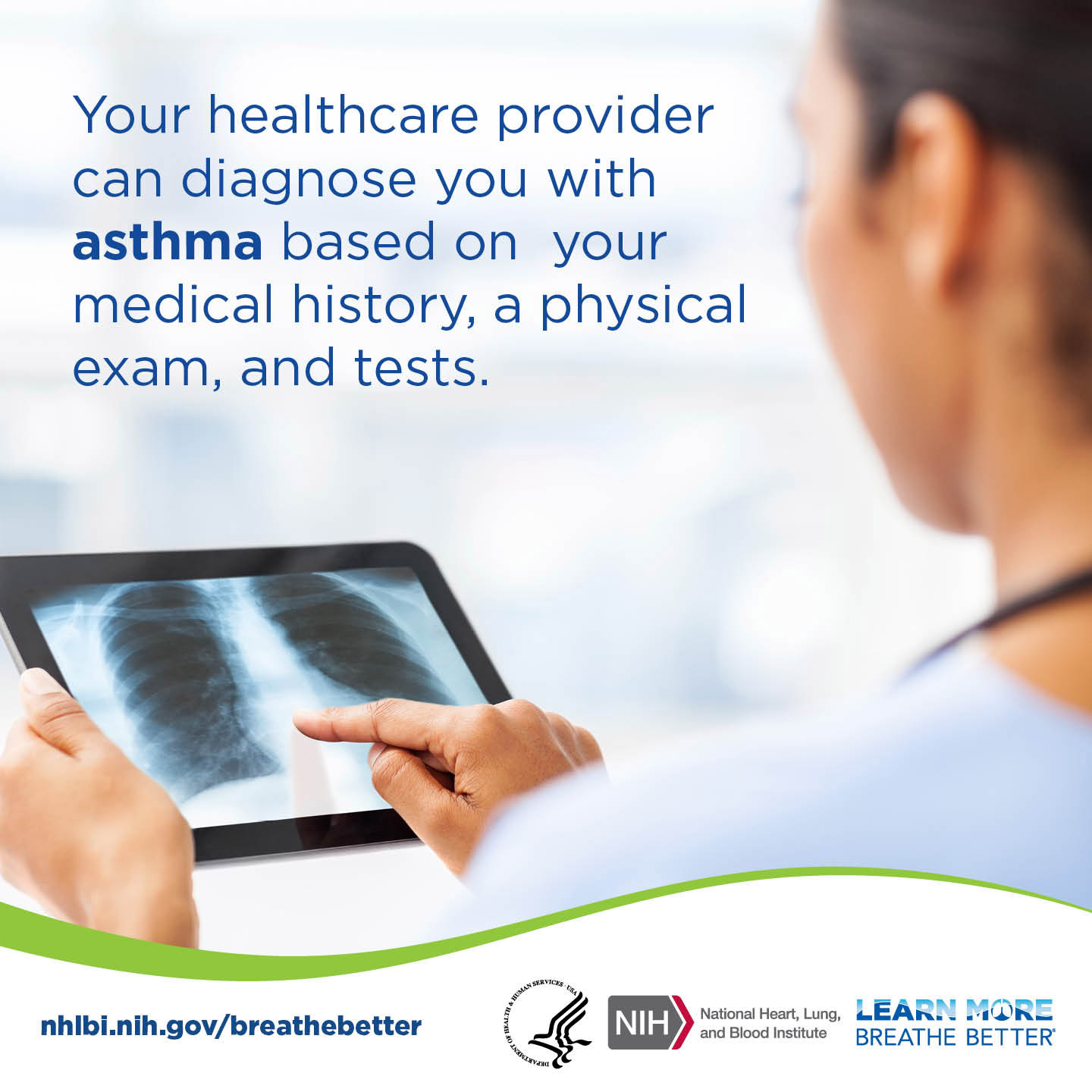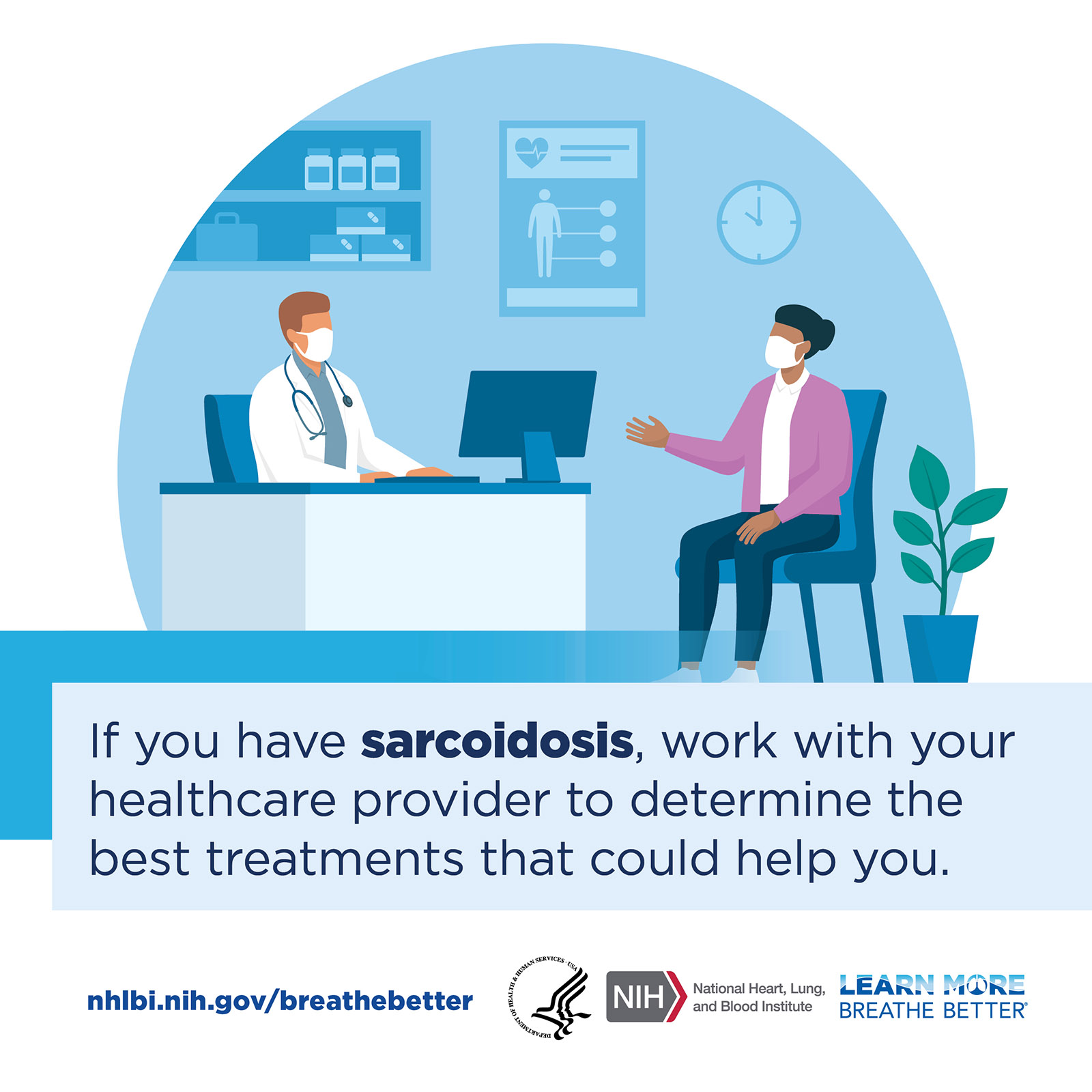Lung Diseases & Conditions: Social Media Resources
Raise awareness about lung diseases by sharing these graphics and sample posts on your social media channels. You may also be interested in our other social media resources focused on COPD and asthma.
- Use hashtag: #BreatheBetter
- Tag us! @BreatheBetter on X and @BreatheBetter on Facebook


In acute respiratory distress syndrome, fluid and pus build up in the air sacs (or alveoli) of the lungs. This can prevent gas exchange, in which oxygen enters the blood in exchange for carbon dioxide.


Acute respiratory distress syndrome risk factors include:
- Infection, like COVID-19, pneumonia, or sepsis
- Smoking or heavy alcohol use
- Exposure to air pollution
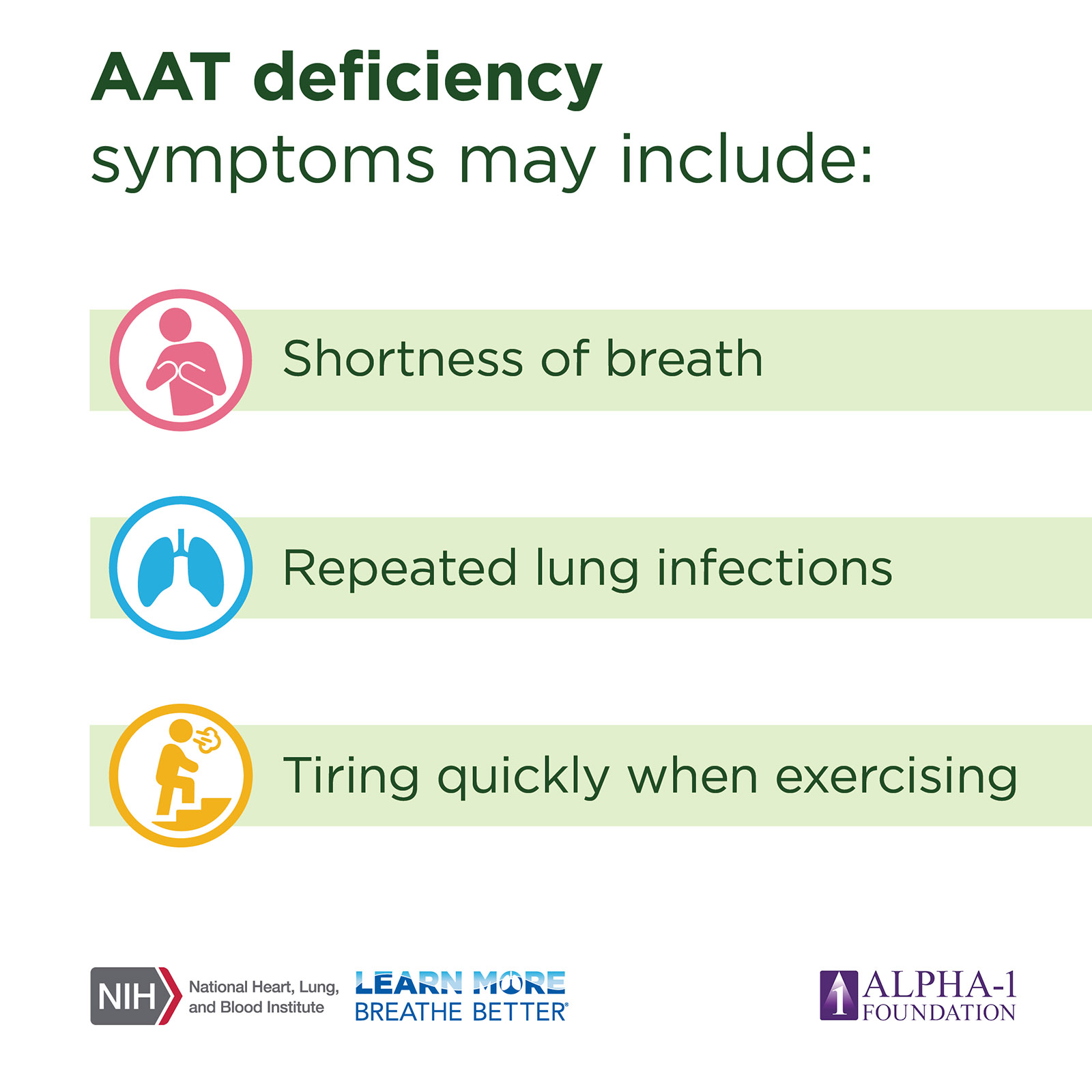

AAT deficiency symptoms may include:
- Shortness of breath
- Repeated lung infections
- Tiring quickly when exercising
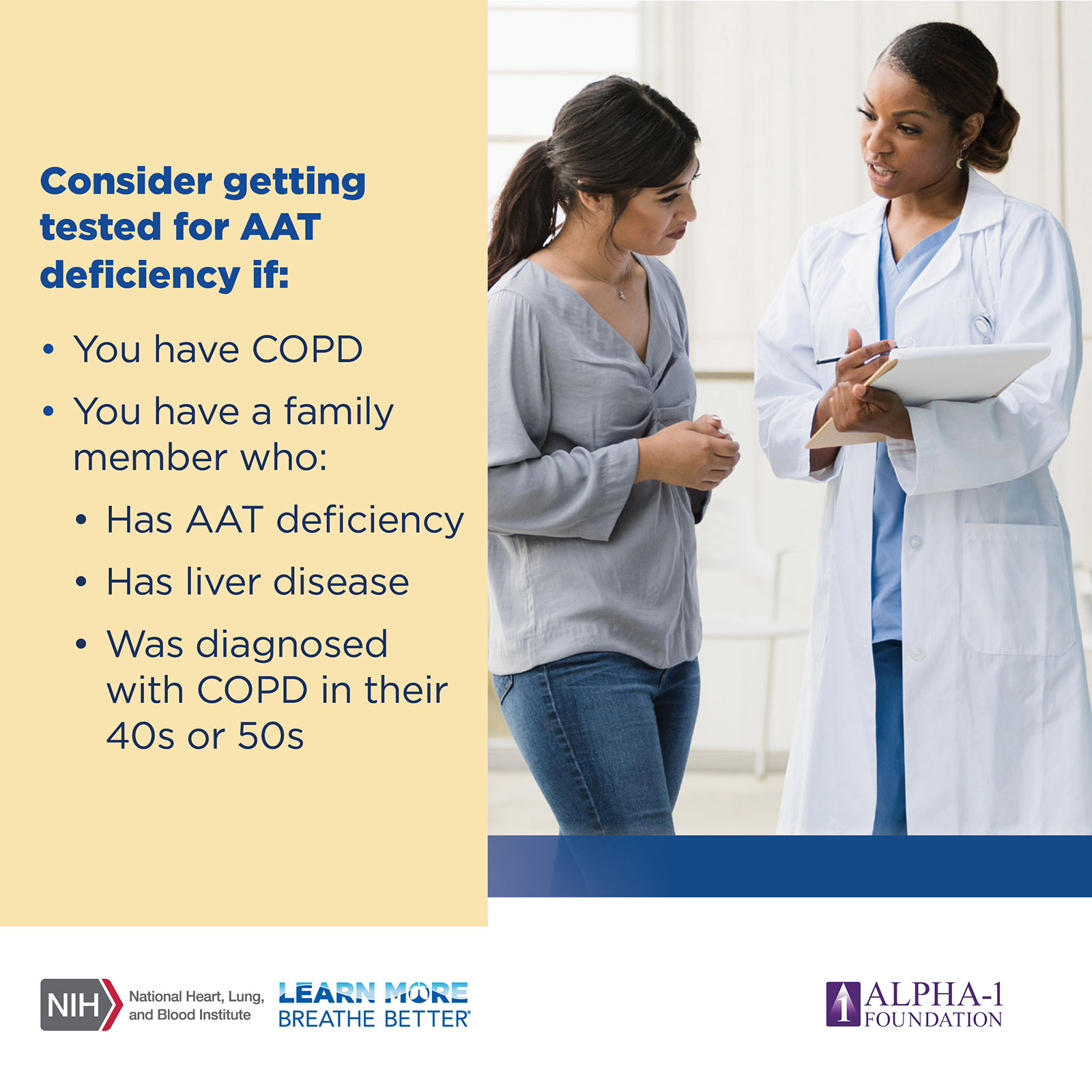

Consider getting testing for AAT deficiency if you have COPD, or if you have a family who has AAT deficiency, has liver disease, or was diagnosed with COPD in their 40s or 50s.


Most often, bronchiectasis happens to people who have certain conditions that injure the lungs. In the U.S., cystic fibrosis is the most common cause of bronchiectasis.
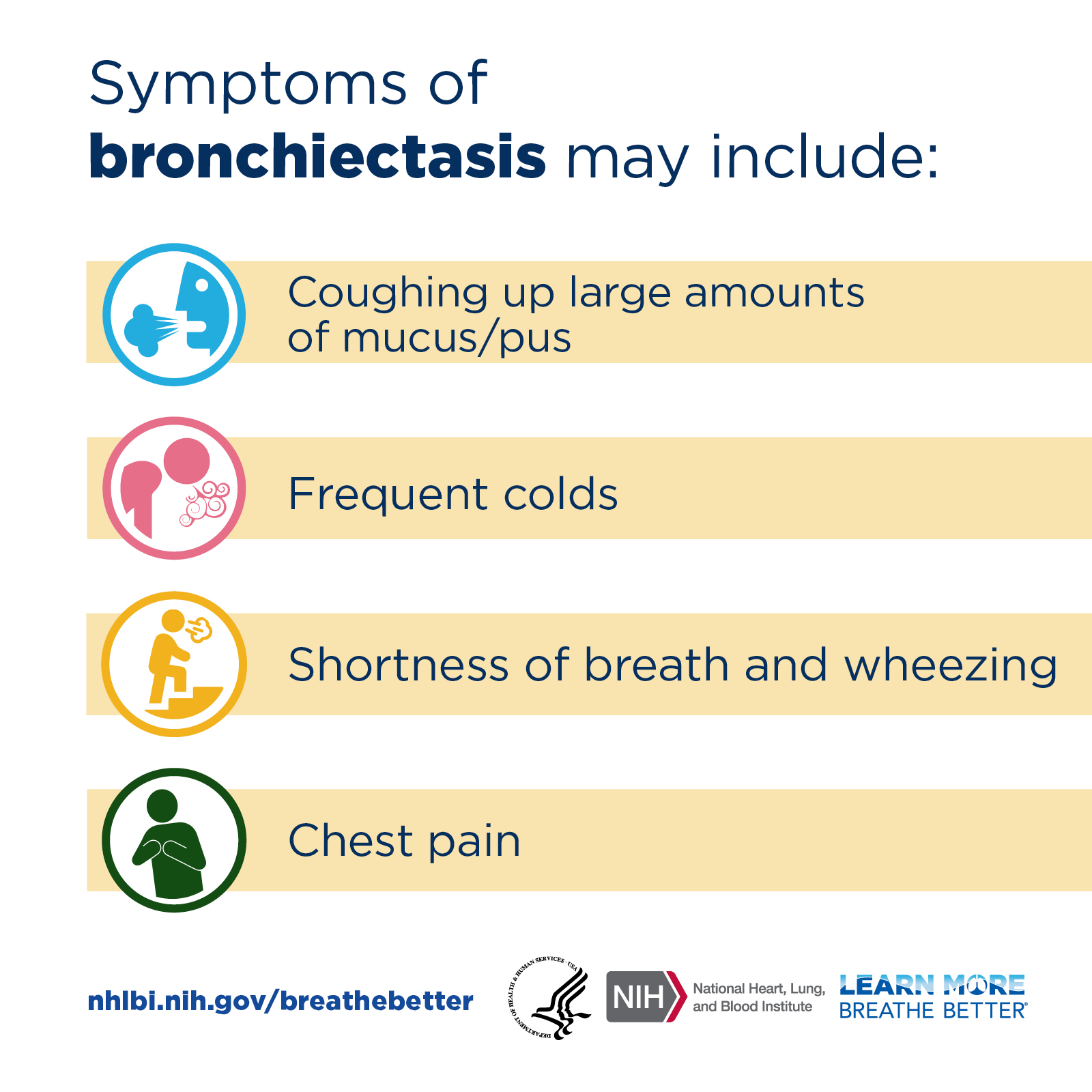

Symptoms of bronchiectasis may include:
- Coughing up large amounts of mucus/pus
- Frequent colds
- Shortness of breath and wheezing
- Chest pain
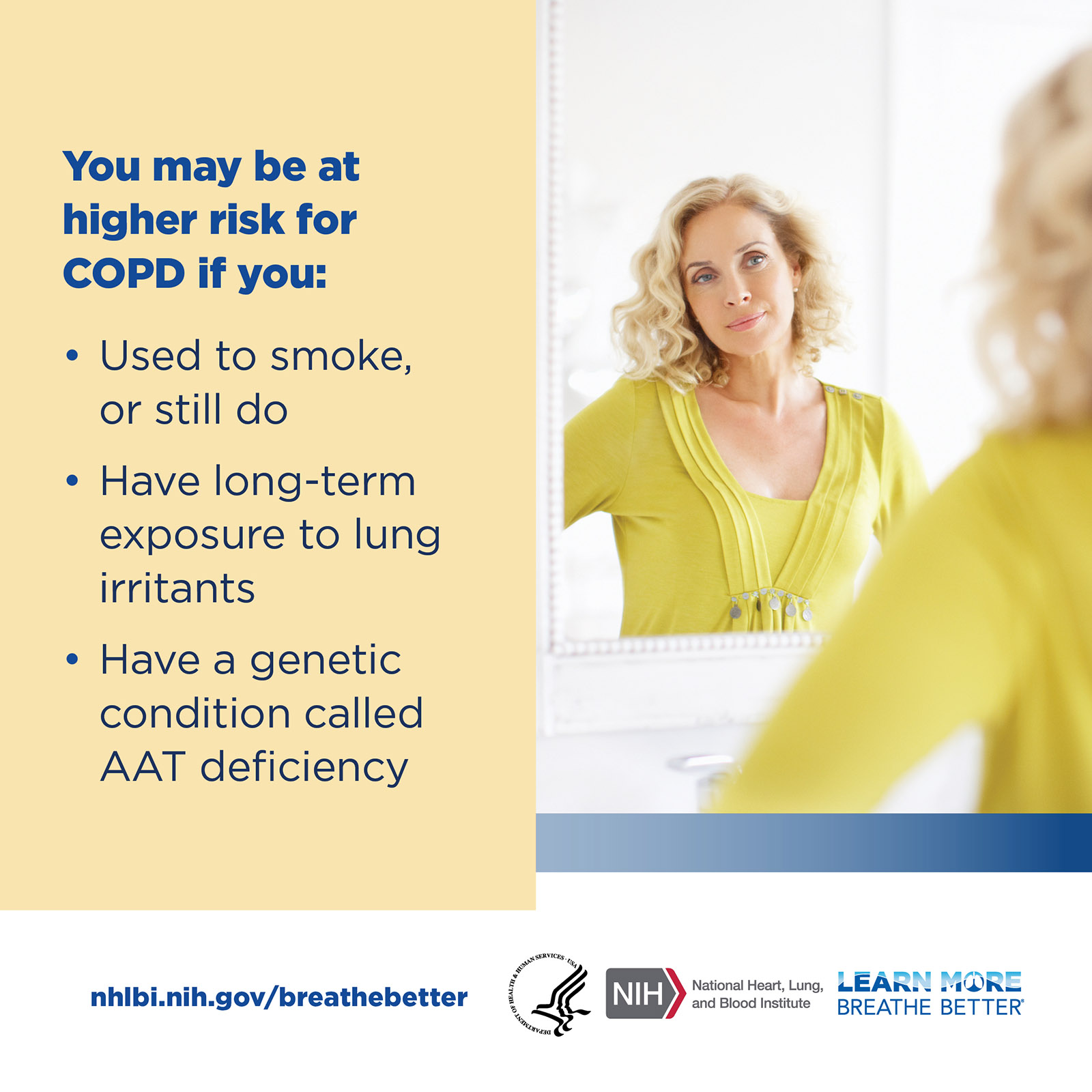

You may be at higher risk for COPD if you:
- Used to smoke, or still do
- Have long-term exposure to lung irritants
- Have a genetic condition called AAT deficiency
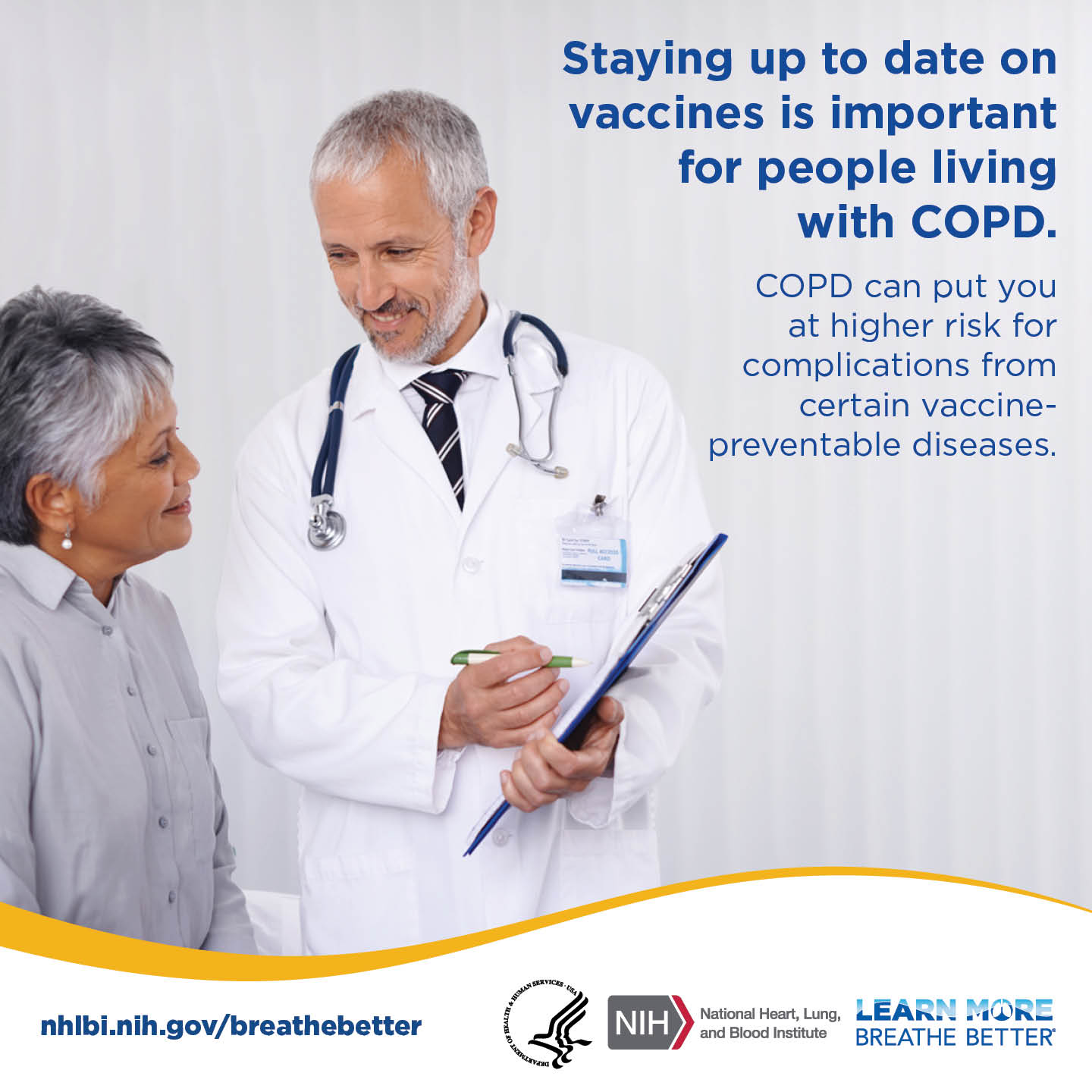

Staying up to date on vaccines is important for people living with COPD. COPD can put you at higher risk for complications from vaccine-preventable diseases.
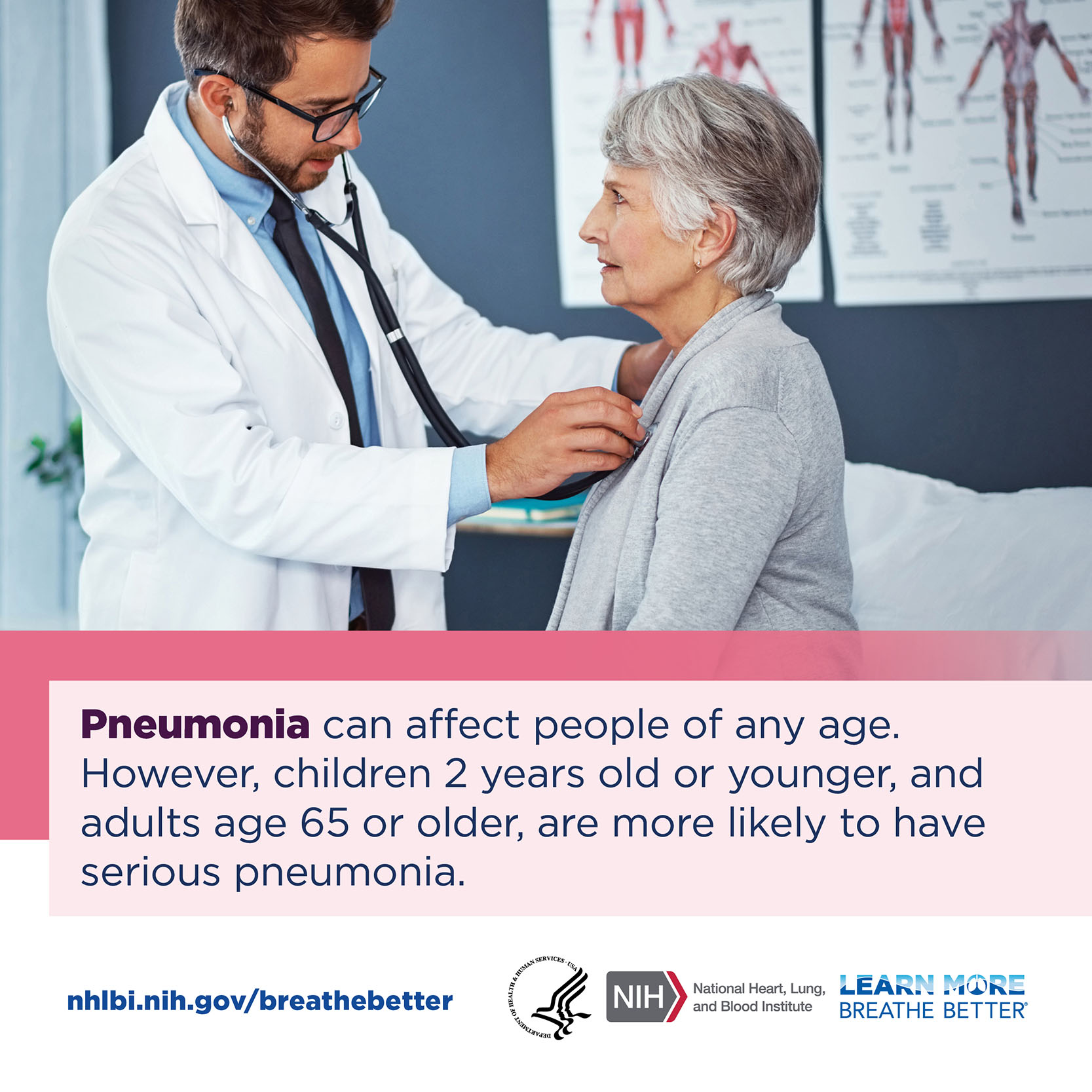

Pneumonia can affect people of any age. However, children 2 years old or younger, and adults age 65 or older, are more likely to have serious pneumonia.


Staying up to date on pneumococcus and flu vaccines can help prevent some types of pneumonia.
Vaccines can also help decrease the severity for those who do get pneumonia.



